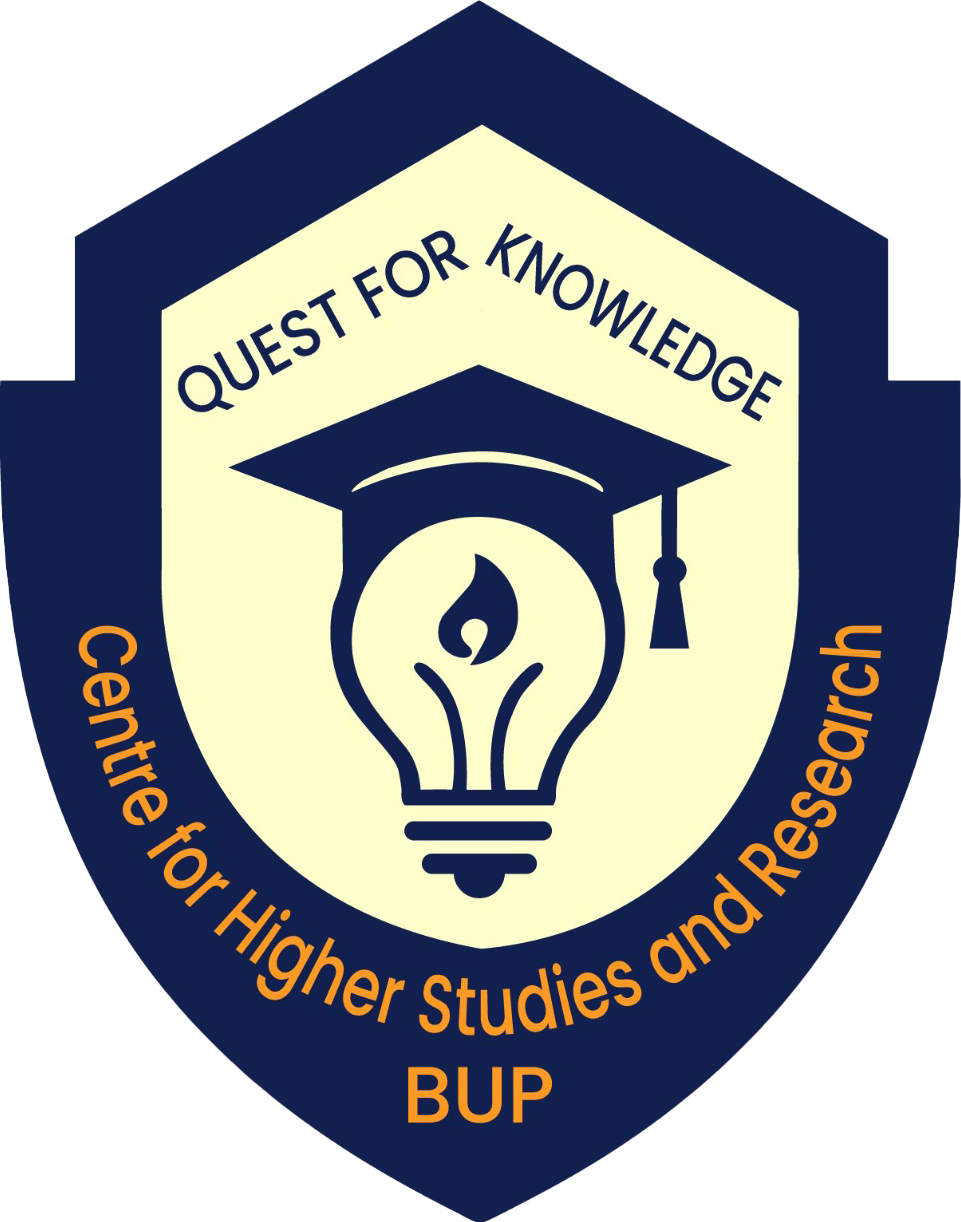Factors Affecting Users’ Adoption of Telemedicine: A Multi-analytical Approach
Researcher Name/Project Director/Author: Mohammad Mamunur Rashid PhD Researcher Reg: 100401170043 Session: 2016-2017
Publish Status: Completed
Research For: CHSRDate: 29-Mar-2023
Year: 2023
Supervisor Name/Project Supervisor: K. M. Rezanur Rahman, PhD Professor School of Science and Technology Bangladesh Open University
Abstract
Revolutionary development of information and wireless communication technologies has been increasing the usage of technologies in healthcare worldwide. In spite of the benefits of telemedicine, it still couldn't make a noticeable impact on developing nations, including Bangladesh, because the end users do not fully utilize it. Research evidence demonstrates that utilization of telemedicine among users is influenced by several factors. This study aims to explore the factors affecting in adopting telemedicine among the users (patients) of Bangladesh. The Unified Theory of Acceptance and Use of Technology has been extended with the Task Technology Fit model and e-health literacy factor as a conceptual framework (research model) in the study. The model has been empirically validated by employing a sequential explanatory mixed method. Primary data on 384 telemedicine users was gathered through a pretested questionnaire survey and interviews. Partial Least Squares Structural Equation Modelling (PLS-SEM), Artificial Neural Network, and Machine Learning approaches were used in quantitative data analysis, and qualitative data was analyzed using content analysis. The results revealed that each hypothesized relationship within the research model was supported, and six factors: effort expectancy, performance expectancy, social influence, facilitating conditions, task-technology fit, and e-health literacy, were significantly associated with influencing users' intention towards adopting telemedicine. Furthermore, results produced using the ANN approach demonstrate that the model has high prediction accuracy and the normalized importance among the six predictors was prioritized, where effort expectancy was the most significant predictor. In addition, seven machine learning algorithms are employed, where notably the BayesNet classifier performed (74.263% accuracy) better than the other classifiers in predicting the dependent variable. The thesis provides valuable insights to those involved in the implementation and deployment of telemedicine services to increase users' adoption and use of telemedicine in healthcare activities.
Keywords: Telemedicine adoption, UTAUT, Task technology fit, e-health literacy, Structural equation modeling, Machine learning, Bangladesh.
